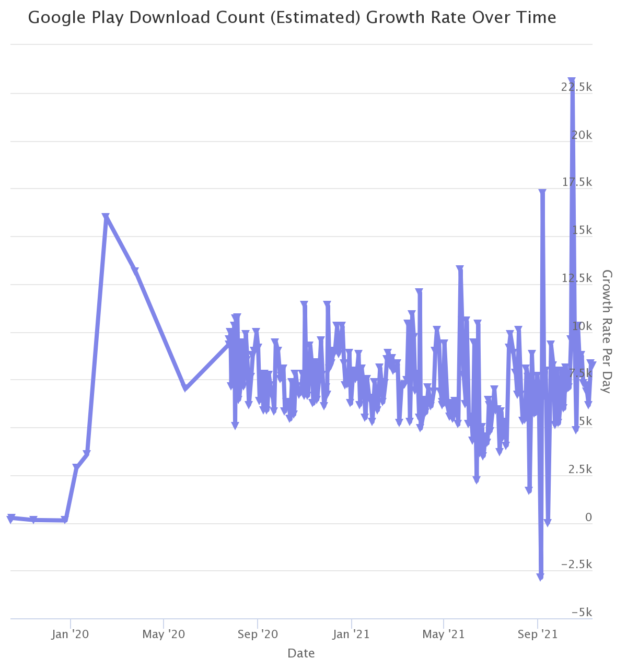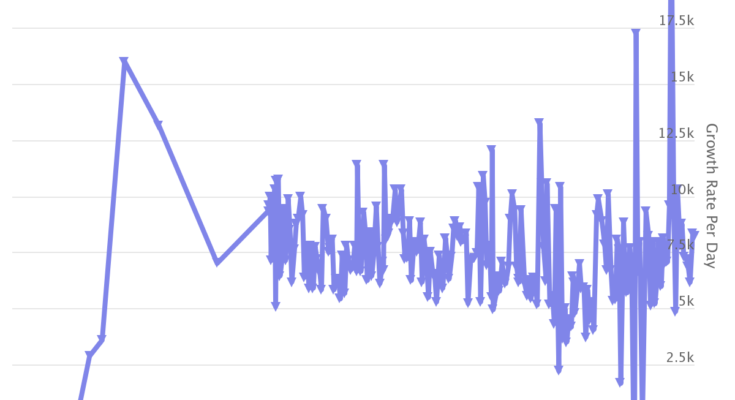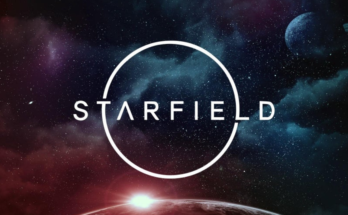I’ve been using GeForce Now (somewhat on and off) for about 5 years now. According to GMail, I purchased my first game on the service back in Feb. 2017 to play on the Shield TV. GFN is the service that sold me on cloud gaming and its viability. The look, feel and responsiveness absolutely blew me away right from the start. And, the Shield TV remains an awesome device.
A couple years in, NVIDIA shook up their business model and decided against running their own platform and instead became more simply a cloud gaming frontend for Steam (and now EPIC and GOG etc.). I had and still have mixed opinions on that. They definitely increased their game count quickly, but the experience was always very …. clunky.
There were many times I’d open a game and land in a desktop Steam interface and be forced to wait for an update from the Steam server to the NVIDIA server before I could start playing. I’ve just got to believe that the gaming industry can do more with the cloud than what is basically a remote desktop client running desktop apps.
For example, can you imagine if Netflix, instead of being a proper cloud service, was simply a remote desktop app that launched iTunes on remote Windows client and asked you to buy a movie and then play it via the remote desktop media player? That’s kind-of what GeForce Now evolved into…
The elephant in the room…
The biggest problem I see with GeForce Now’s model, though, is not the clunky UX, it’s that it holds few cards in a business sense. Lots of people think the cloud gaming ecosystem is fleshing itself out. But, the reality is that the process hasn’t even really started. Some of the biggest players/disrupters have yet to weigh in. One of those is Steam/Valve.
This is purely speculation, but I’ve got to think that Steam will launch a “proper” cloud gaming service at some point in the future. And, I think it isn’t much of a stretch to guess that:
- It will be based on Linux. Steam has invested a tremendous amount in Linux native games (there were over 8,500 native Linux games in Steam last I looked a few months ago) as well as the open source WINE stack (including proton, dxvk, vkd3d). They have been trying to separate themselves from Windows (and the licensing costs associated with that) for years, continuing with the Steam Deck.
- Steam is not going to tie themselves forever in terms of a hosting agreement with a single GPU vendor. Every time they upgrade their blades, they will want to negotiate the best deal they can from a number of GPU vendors: AMD, NVIDIA, Intel etc.
So, I see a future where Steam tells NVIDIA: “Hey there! Thanks for holding our place in line. We’ll go ahead and take it from here.”
Where would this leave GeForce Now?
I think they’d have a few options. They could go back to having their own platform (this is hard), they can partner more closely w/ another platform to have a better integrated experience (perhaps w/ someone like Epic?), they could move themselves closer to the ShadowPC model and try to be the service that has the best fidelity for a PC in the cloud – for example by offering Steam games at higher fidelity than whatever the official Steam cloud service does.
With the launch of the 3080 tier and its associated higher price tag, it looks like GFN could be heading in that last direction. It’s an interesting niche to carve out, but only time will tell if mass adoption follows.
For me, the on-blade fidelity is actually the very least interesting aspect of cloud gaming tech. To first order, it seems basically like a pissing contest. Any cloud services could have the highest on blade FPS/Resolution etc. just by buying expensive GPUs/CPUs and passing the cost along.
I suspect over the next decade this could just be a matter of who has revised their blades most recently and the title will swap back and forth on a regular basis. I think it’s a dull matter, but I guess for whatever reason gamers seem obsessed with having the biggest and best box…
What I personally find a lot more interesting is the actual “cloud platform tech” – the convenience of cloud gaming, the availability on as many screens as possible, the social things like friends lists, leaderboards, parties, platform achievements and cloud specific things built right into games via a platform SDK (not just hacks on top of the input or output).
Has the new 3080 tier changed GFN’s user adoption rate?
It’s pretty early days. GeForce Now’s new tier was announced on October 21st and started rolling out to users last week. But, we have collected a bit of data. For example, here is how Google Play Review counts (correlated to downloads) have evolved:

That last tall peak actually occurred on Oct. 16 (before the 3080 tier announcement). If I were to hazard a guess, I’d say it resulted from the Brazil launch or the positive news around Crysis. On the other hand, it is hard to say the 3080 tier announcement has had any effect at all on this growth rate. (It may be worth pointing out that the growth rate here is ~3x higher than Stadia, but GFN is also available for a ~2.5x greater population).
Of course, this is just one metric that measures the Android (+AndroidTV) app. Does this match other metrics we track – particularly those from social media? Here is how things changed for GFN’s growth rate on Twitter, Reddit, Discord, Facebook:
Again, it is very early, but for now, it’s hard to say the announcement/launch of the new tier has had more than a modest impact on these numbers. It’ll be interesting to see how this evolves. GeForce Now remains my own #2 cloud service preference for the time being, though I don’t see myself jumping into the 3080 tier. I was already more than happy with GFN fidelity before the upgrade.








